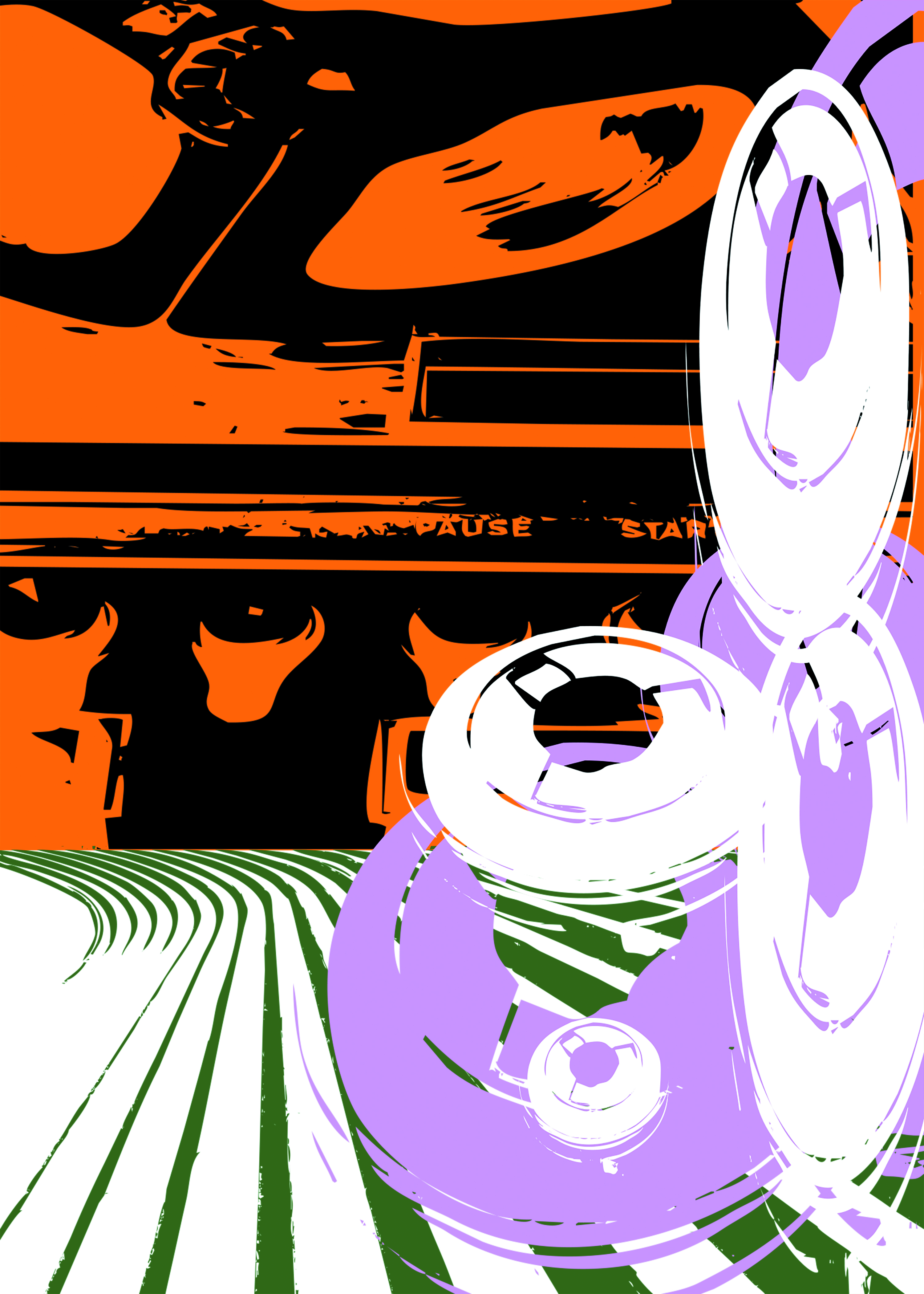I try a different vocal microphone on just about every record I make. Some are technically great, but too sterile for my taste. Others – particularly tube large diaphragm condenser (LDC) mics that I’ve settled on – have vibe for days, although, the self-noise of these mics (at least the knock-off versions that I can afford) always calls attention to itself. When I pair a quiet singer with a noisy mic, all seems well – at first. However, when it comes time to mix, I almost always have to compress the vocal track to tuck it in place. What I thought was a tolerable amount of noise during tracking now bursts through my monitors like the Kool Aid Man. I’m not even chasing a slammed pop-vocal sound, and I usually simply knock off the peaks with an opto compressor or my trusty Retro Doublewide compressor [Tape Op #134].
The LEWITT PURE TUBE is a tube LDC with a catch. The LEWITT team built the mic around the sound of the ECC82/12AU7 tube, and the design forgoes any semiconductors or capacitors in the audio path. You can even see the tube glowing from the front of the mic! The upshot is that the PURE TUBE’s self-noise level is only 7 dB (A-weighted): whisper quiet in my experience and a welcome change from my noisy tube LDC. The PURE TUBE is like a little sister to the LEWITT LCT 1040 Tube Microphone System [#151]. The PURE TUBE shares some design principles, but comes without the different voicings and polar patterns. At less than half the price, the PURE TUBE is significantly easier on tight studio budgets and – with negligible self-noise – just as impressive from the perspective of microphone innovation.
I was happy to put the LEWITT to the test in my home studio, starting with vocals. The incredibly low noise means this mic can capture nuanced, dynamic performances. I tried it as a voiceover mic for some educational videos and loved it for this purpose. The LEWITT is built with an internal filter to reduce proximity effect and the payoff was obvious – an intimate sound without any boominess to address later. Next, I persuaded Fine Motor’s Casey Bell to re-track some vocals on the LEWITT for an upcoming album. At first, we both noticed how much brighter sounding the vocals were with the LEWITT in contrast to the vocals on the original tracks. Then, after a few minutes of switching back and forth between the two, we also noticed how intimate and contemporary the LEWITT sounded in comparison. Quieter moments in any arrangement can benefit from this mic’s sensitivity. Hushed vocals never had it so good. And if you’re after a clean, modern pop sound with a dose of tube warmth, you will love this mic. The voicing is crisp and present. For all but the most sibilant singers, it sounds brilliant but not harsh.
I couldn’t resist auditioning the PURE TUBE on other sources as well. Any LDC in my home studio is going to have to do at least double duty to earn its keep. As a front-of-kit mic, the PURE TUBE excelled. Its fixed cardioid pattern was a blessing here, minimizing the lackluster sound of my live room. The snare was crisp, the cymbals gloriously full-bodied, and the toms and kick nicely balanced. Since I’m likely to compress the living daylights out of a room mic like this, the low self-noise is a blessing here. Similarly, the LEWITT was fantastic on percussion overdubs (tambourine and hand claps). Usually, I’d turn to a ribbon mic for percussion overdubs, but the PURE TUBE’s extended top end could come in handy if the mix calls for additional brightness in this area. If not, you can always roll it off.
The PURE TUBE Essential Set comes with a 7-pin XLR cable, power supply, transport bag, and mic mount. The Studio Set has the cable and power supply, a hardy Pelican-style plastic carrying case, adjustable shock mount, and an inventive pop filter that magnetically attaches to the shock mount. How many hours have I spent wrestling cheap pop filters into place only to watch them sag throughout a session? The pop filter alone is worth the price of admission. When you add the PURE TUBE’s vanishingly low self-noise, max SPL of 132 dB, and its ability to capture brilliant, mix-ready vocals and all manner of other sources, you may start to look askance at your noisy old tube LDCs.




_disp_horizontal_bw.jpg)